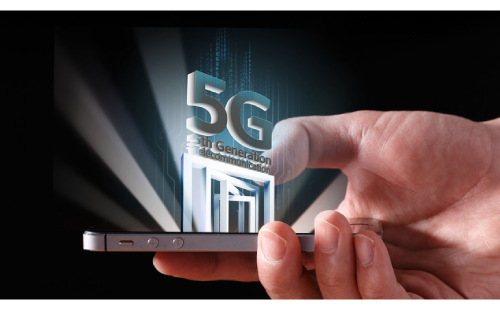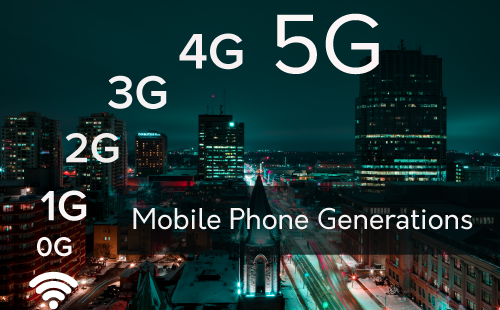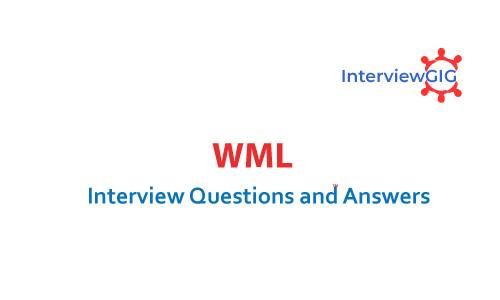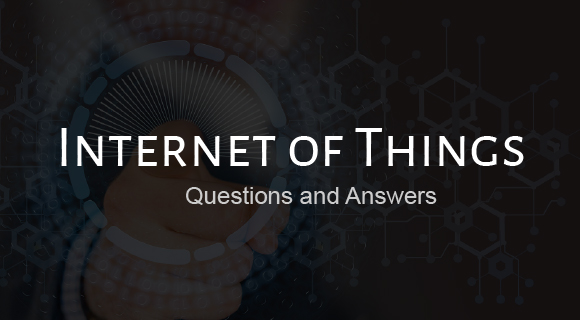What is Millimeter Wave Technology?
Millimeter wave (Mm wave) is also known as Extremely High Frequency (EHF).sometimes its called Millimeter wave or Millimeter band or MMW. This Millimeter length electromagnetic waves (EMW or EM waves) were first investigated in the 1890s by Indian Scientist Jagadish Chandra Bose. (Next mm waves is found in the spectrum between Microwaves and IR waves-Frequency range between 1 GHz to 30 GHZ)
Millimeter wave operate the frequency bands or spectrum from 30 GHz to 300 GHz. It is used for High –Speed wireless broadband communications as seen with the 802.11ad Wi-Gig standard-(spectrum 60 GHz, data rates 8Gbps). In the millimeter-wave range, data rates can reach up to 10 Gbps (more frequency) and more. The Mm Wave spectrum wavelength is 1mm to 10mm. it means millimeter waves are longer than infrared waves or x-rays(Shorter than microwaves or radio waves).
Most used Mm Wave frequencies bands are-(GHz-Gigahertz)
Q band –Frequency range (30 GHz to 50 GHz)
U band –Frequency range (40 GHz to 60 GHz)
V band –Frequency range (50 GHz to 75 GHz)
E band –Frequency range (60 GHz to 90 GHz)
W band –Frequency range (75 GHz to 110 GHz)
F band –Frequency range (90 GHz to 140 GHz)
D band –Frequency range (110 GHz to 170 GHz)
G band –Frequency range (110 GHz to 300 GHz)
Applications of Millimeter wave:
- This Mm wave technology is widely used for
- Millimeter wave imaging
- Millimeter scanners
- Telecommunications
- 4K and UHD video applications
- Automotive radar applications
- Scientific research
- Medicines
- VR (Virtual Reality)
- Military & defense,
- NDE (non-destructive evaluation)
- Security screening
- Weapons systems and more
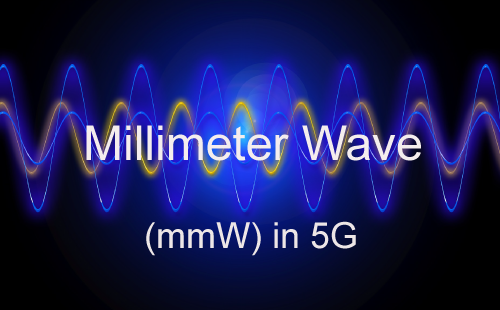
Pros of Millimeter wave:
- 5G and small cell concept
- Lower cost per bit of radio systems
- Higher Bandwidth -Higher data transfer rate
- Low interference
- Small antennas dimensions
- High immunity to jamming
- Wide-band spread spectrum capability
- High security Transmission
Cons of Millimeter wave:
- Penetration loss- Foliage losses
- Propagation Loss
- Millimeter waves require line of sight communication. (Trees and buildings will block the signal)
- Millimeter wave radar is affected due to interference from nearby electric poles, cellular towers, and Wi-Fi/cellular hotspot.
- The millimeter wave bands additional loss factors come into play, such as gaseous losses and rain in the transmission medium. Transmission losses occur when millimeter waves travelling through the atmosphere are absorbed by molecules of oxygen (O2 at 60 GHz this means 60 GHz is not a good frequency for use in long-range radar or communications, because the oxygen absorbs the electromagnetic radiation and the signal), water (H2O) vapor and other gaseous atmospheric constituents.(57 GHz to 64 GHz occur oxygen Absorption Band and 164 GHz to 200 GHz occur water vapor (H2O) Absorption Band)
- Rain, fog, and any moisture in the air make signal attenuation very high, reducing transmission distances. These losses are greater at certain frequencies, coinciding with the mechanical resonant frequencies of the gas molecules.
Presently, the frequency range of 5G millimeter wave can be used between 24GHz to 86GHz or up to 90 GHz. Many companies are testing and investigation in WLAN infrastructure with the support of millimeter waves. Millimeter Wave Technology is continually developing well in the coming decades.
